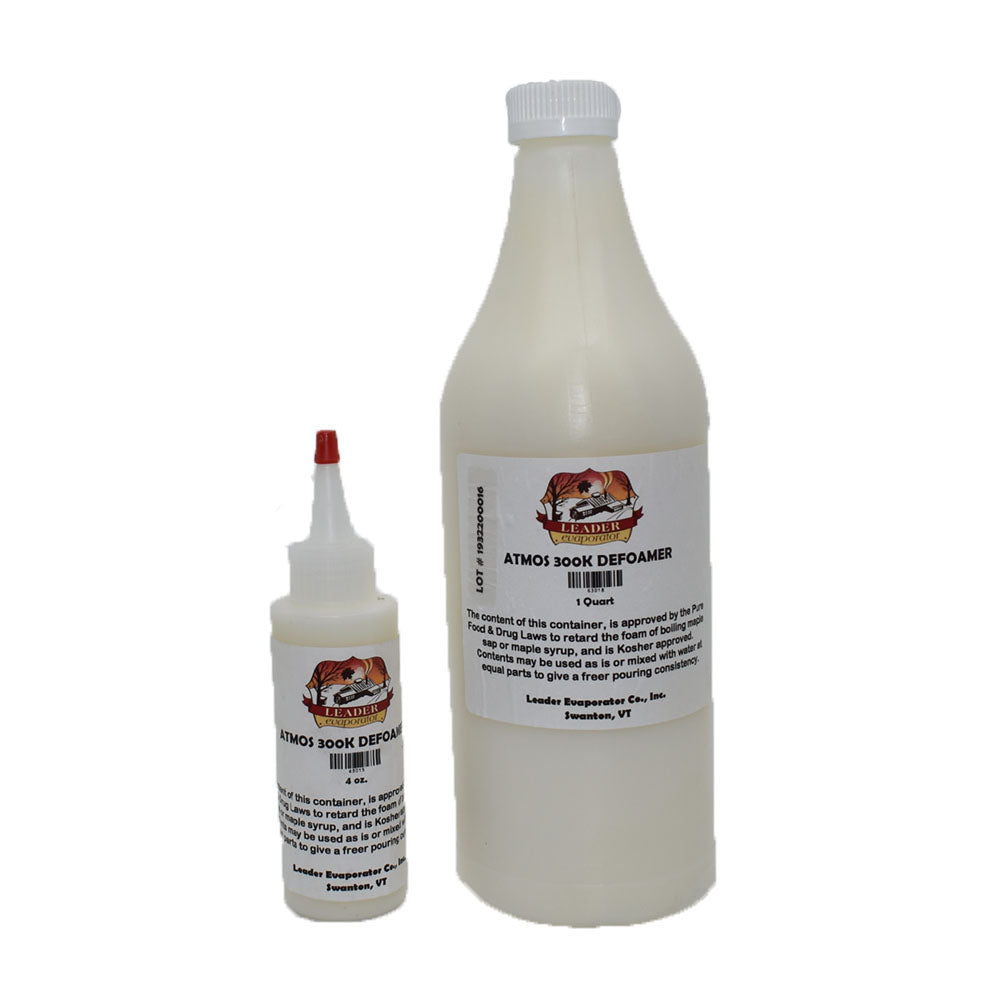The Duty of Defoamers in Enhancing Product Quality and Efficiency
In various manufacturing procedures, the visibility of foam can considerably impede product top quality and operational effectiveness. Defoamers work as necessary ingredients that mitigate this problem, making sure smoother production process while boosting the functional and visual characteristics of the last products (defoamers). Their application spans a wide range of industries, from food and drink to pharmaceuticals, where consistency and reliability are paramount. Nonetheless, the choice of the ideal defoamer can be vital to attaining optimal results, increasing vital inquiries about formulation compatibility and performance metrics that warrant additional expedition.
Recognizing Defoamers
Comprehending the duty of defoamers is essential for keeping item high quality throughout various markets. Defoamers are chemical additives designed to protect against the formation and lower of foam in fluid systems, which can negatively impact procedures such as mixing, loading, and surface tension. Foaming can result in inefficiencies, item problems, and endangered aesthetic charm, making defoamers a crucial element in producing operations.
In commercial applications, defoamers aid to improve item uniformity and stability. The effective usage of defoamers not only ensures smoother manufacturing processes yet also contributes to superior item efficiency.
In addition, the choice and formula of a defoamer need to straighten with certain application requirements, such as compatibility with other active ingredients, efficiency under differing temperature and pH conditions, and prospective regulative constraints. Inevitably, comprehending defoamers' functions and their value in various formulations is critical for maximizing production and guaranteeing the finest quality end products.
Kinds of Defoamers
Defoamers can be categorized into numerous kinds based on their structure and system of action. The primary types consist of silicone-based, non-silicone organic, and not natural defoamers.
Silicone-based defoamers are among one of the most reliable, primarily due to their capability to spread out quickly on the liquid surface and disrupt foam development. Their special chemical framework permits remarkable stability, making them suitable for high-temperature applications and environments with differing pH degrees.
Non-silicone natural defoamers, commonly composed of all-natural oils or fats, are valued for their biodegradability and lower poisoning. These are normally used in food and drink applications where safety and environmental effect are vital.
Not natural defoamers, which consist of materials like talc or calcium carbonate, act by boosting the thickness of the liquid, consequently decreasing foam security. They are often utilized in industrial processes where compatibility with various other materials is not a problem.
Each kind of defoamer has distinct advantages and limitations, enabling tailored services depending upon the details foaming concerns encountered in various applications. Understanding these differences is vital for maximizing performance and achieving wanted item top quality.
Applications Throughout Industries
Various sectors utilize defoamers to improve item high quality and operational effectiveness. In the food and drink industry, defoamers are critical in procedures such as brewing and dairy products production to avoid foam formation, which can result in ineffectiveness and product inconsistency. By managing foam, makers can make certain far better return and an extra uniform product.
In the pharmaceutical sector, defoamers play a vital role in the formulation of liquid drugs, where excessive foam can hinder blending and precise dosing. Their usage assists maintain the stability of the solutions and facilitates smoother production procedures.
The paint and coverings market additionally counts on defoamers to enhance the performance of products during application. By minimizing foam, these additives ensure a smoother coating and boost the aesthetic top qualities of the last item.

Benefits of Making Use Of Defoamers
While the application of defoamers varies across industries, their benefits consistently improve product quality and process effectiveness. One substantial benefit is the reduction of foam development during producing procedures, which can or else bring about production hold-ups and disparities in product quality. By decreasing foam, defoamers make it possible for a smoother circulation of materials, assisting in much more effective procedures webpage and lowering the possibility of equipment malfunctions.
Furthermore, using defoamers can improve the look and texture of last items. In sectors such as coverings, paints, and food handling, extreme foam can jeopardize the aesthetic appearances and general high quality, while the proper defoamer application guarantees an uniform surface and desirable features. Furthermore, defoamers can add to cost financial savings by decreasing waste throughout production and optimizing making use of resources (defoamers).

Selecting the Right Defoamer
Picking the best defoamer is vital for maximizing manufacturing procedures and guaranteeing product high quality. The choice of defoamer influences not only the performance of foam control but also the overall efficiency features of the last product. Aspects to take into consideration consist of the sort of application, the chemistry of the formulation, and the ecological problems under which the item will certainly be utilized.
Different sectors might need particular defoamer types, such as silicone-based, view organic, or polymeric defoamers. Recognizing the compatibility of the defoamer with the key components is important to stay clear of damaging reactions that could endanger product integrity. Furthermore, the defoamer's efficiency in various temperature levels and pH levels must be reviewed to make certain regular performance.
Testing the defoamer in small applications can give beneficial understandings into its efficiency and viability. Consideration of regulative conformity, especially in food, drugs, and cosmetics, is critical in picking a defoamer. Ultimately, a thorough assessment of these variables will cause the option of a defoamer that not only manages foam successfully however additionally enhances the quality and efficiency of the last item.
Conclusion

In verdict, defoamers are crucial additives that considerably enhance product quality and performance throughout different markets. The critical option and application of defoamers lead to set you back savings, optimized source use, and raised consumer contentment.
Frothing can lead to ineffectiveness, product issues, and compromised visual charm, making defoamers an essential element in manufacturing operations.
